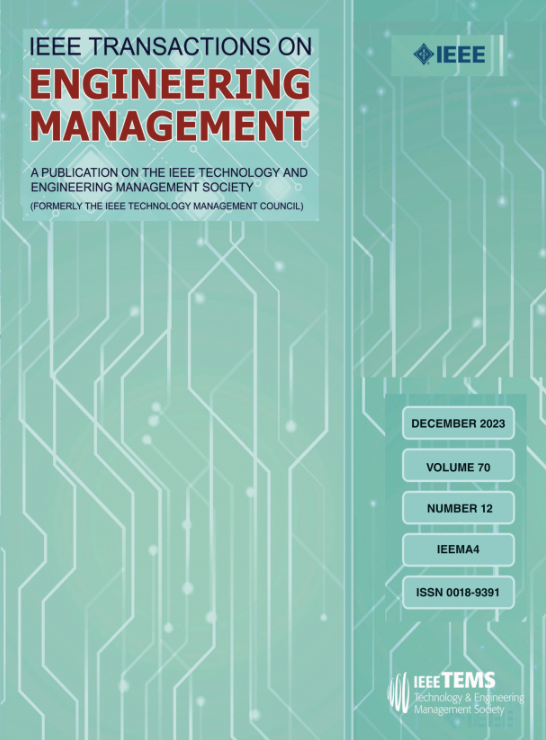消费者价值不确定下基于学习的两种产品捆绑策略
IF 4.6
3区 管理学
Q1 BUSINESS
引用次数: 0
摘要
当消费者对产品的评价是异质且不确定的时候,公司是否应该通过捆绑销售来增加收入?近年来,技术进步使企业能够利用大量可用数据在需求侧信息不确定的情况下做出决策。然而,他们究竟如何从不确定的消费者估值中学习,动态优化捆绑和定价决策,目前还不清楚。为了回答这个问题,在本文中,我们研究了垄断企业在有限的T周期内提供基本产品和高级产品的捆绑和定价决策。本文首先分析了确定性消费者估值下纯组件策略和纯捆绑策略的均衡结果。然后,我们引入一个基于学习的捆绑策略(LBBS)框架,以便随着时间的推移动态地做出决策。它采用汤普森抽样来估计两种产品的低估值消费者(lvc)的比例,使公司能够根据对消费者估值分布的最新信念来调整其决策。我们展示了LBBS的稳健性能,并展示了有趣的发现。即溢价产品的LVC占比、基础产品的高低估值比、两种产品的高低估值比对捆绑策略的采用及其可能性有显著影响。这些发现为公司的从业者提供了实用的指导,关于何时以及采用哪种PBS,以及如何根据产品的LVC比例改进PBS决策。我们还将模型扩展到消费者估值的均匀分布和相关消费者估值来检验我们的结果。本文章由计算机程序翻译,如有差异,请以英文原文为准。
Learning-Based Bundling Strategy for Two Products Under Uncertain Consumer's Valuations
Should a firm engage in bundling to boost revenue when consumer's valuations of products are heterogeneous and uncertain? In recent years, technological advances have made it possible for firms to use large amounts of available data to make decisions under demand-side information uncertainty. However, it remains unclear exactly how they can dynamically optimize bundling and pricing decisions by learning from uncertain consumer's valuations. To answer this question, in this article, we study the bundling and pricing decisions of a monopoly firm offering a basic product and a premium product over finite T periods. We first analyze the equilibrium outcomes of pure component strategies and pure bundling strategies (PBSs) under deterministic consumer's valuations. We then introduce a learning-based bundling strategy (LBBS) framework to make decisions dynamically over time. It employs Thompson sampling to estimate the fractions of low-valuation consumers (LVCs) of two products, allowing the firm to adjust its decisions based on updated beliefs about consumer's valuation distributions. We demonstrate the robust performance of the LBBS and show the interesting findings. That is, the fraction of LVC of premium product, the ratio between high and low valuation of basic product, the ratio of low valuation and the ratio of high valuation of two products wield significant influence on the adoption of bundling strategy and its possibility. These findings offer practical guidance to firm's practitioners regarding when and which PBS to adopt and how to improve PBS decisions according to the fractions of LVC of products. We also extend the model to uniform distribution of consumer's valuations and correlated consumer's valuations to test our results.
求助全文
通过发布文献求助,成功后即可免费获取论文全文。
去求助
来源期刊

IEEE Transactions on Engineering Management
管理科学-工程:工业
CiteScore
10.30
自引率
19.00%
发文量
604
审稿时长
5.3 months
期刊介绍:
Management of technical functions such as research, development, and engineering in industry, government, university, and other settings. Emphasis is on studies carried on within an organization to help in decision making or policy formation for RD&E.
 求助内容:
求助内容: 应助结果提醒方式:
应助结果提醒方式:


